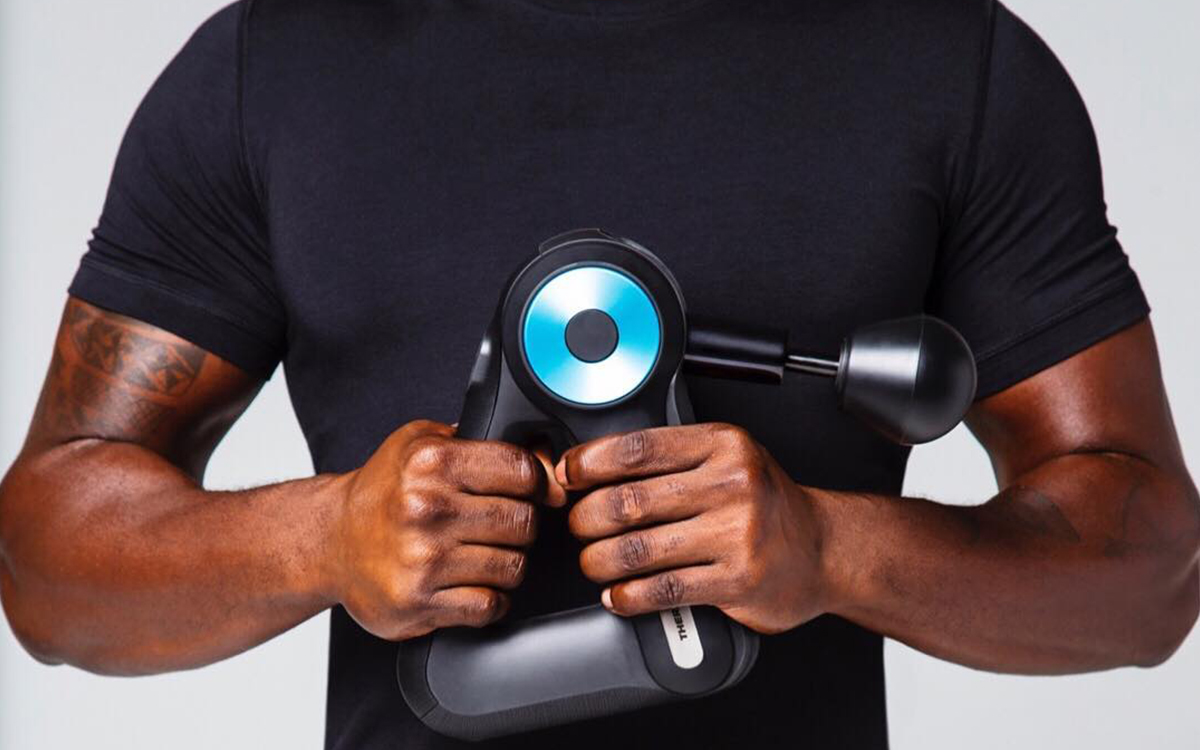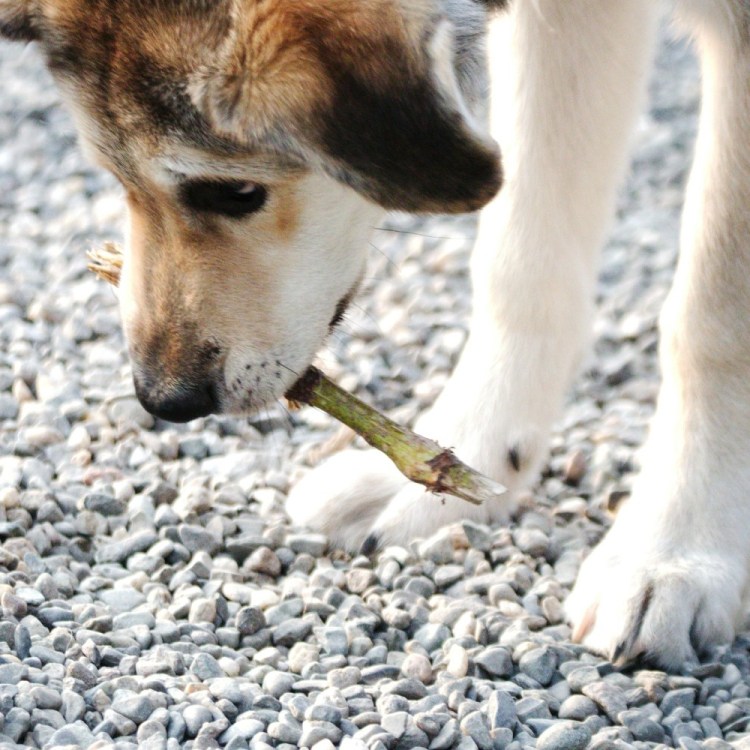The scene at your local gym might be an all too familiar one this time of year: treadmills and ellipticals flooded with earnest exercisers hoping to fulfill their New Year’s resolution of finally getting active. But we’ve got a better resolution for you to make this year: focusing on your recovery. While 2019 was all about the act of self-care, we deem 2020 to be the year of a less achy body and a minimized threat of self-injury.
And you won’t be alone on this journey. All over the country, more and more gyms are popping up with dedicated staff members and therapeutic offerings intended to help your body bounce back more quickly and intelligently. One of those places is Formula Running Center, a running and recovery studio in Clarendon, Virginia, designed for everyday athletes who want to work with the pros (think Olympians, collegiate coaches, professional athletes and certified personal trainers) to make sure they’re maximizing their time and potential while avoiding injury.
“One of the big reasons people get injured is that they don’t focus enough after their workout on stretching and the recovery side of things,” says FRC owner and co-founder Chris Hoffman. “We wanted to make it very accessible to our members.”
What we learned from chatting with Hoffman is that the workout process is way more holistic than you might think, and success depends on getting every step right. For example, those who go on a run every morning might want to add strength training or other forms of cardio into their routine in order to give their muscles a break, allowing the body to replenish much-needed energy and repair damaged tissues.
That sore feeling you get after a tough workout is exactly that: your body recovering from strain and attempting to once again reach its maximum physical potential. And before those muscles can get to 100% again, they need to go through a post-exercise recovery that includes skeletal muscle damage, decreased substrates and the accumulation of metabolic by-products, according to a report by the American Council on Exercise.
That’s why Hoffman built FRC to satisfy four specific pillars: running, strength training, stretching and finally, recovery. “Our facility has something called a recovery room. So, in addition to yoga and stretching classes, we wanted to have a number of other recovery elements that can help people hopefully stay injury free and speed up their recovery time,” says Hoffman.
Those recovery elements are numerous and varied, and no matter how fanciful they may sound, they’re all focused on one goal: preventing future injury and lessening the amount of time it takes you to get back to peak physical state for your next workout. At FRC, they focus on what they call their members’ “formula,” i.e., the combination of methods and therapies that work best for each specific person who comes in.
With a growing list to choose from, we’ve broken a few of the big ones down.

Cryotherapy
Best for: tense muscles, energy gain
Also known as cold therapy, cryo involves sitting in a booth for 3-5 minutes as it reaches temperatures of far below zero (like, negative 200 degrees fahrenheit). Hoffman believes it to be the most “cutting edge” solution the center currently has to offer, and its potential benefits are vast, from weight loss and pain relief to younger-looking skin and more energy.
Hoffman says that while cryotherapy has been around for quite some time (it was used to treat conditions such as multiple sclerosis and rheumatoid arthritis in Japan as far back as the late 1970s), it hasn’t really gained a foothold in the States until much more recently. At first used by professional and college athletes, cold therapy is now making its way into boutique fitness centers around the country.
Related: All Your Questions About Cryotherapy, Answered
“Most people use cryotherapy post workout,” says Hoffman. “So it can be great in terms of reducing the overall recovery time and can also have the benefit of reducing inflammation in the body. There are some people who use it before their workout as well, based on the idea that cryotherapy can trigger a release of endorphins in your body. Some people tend to use it, like professional athletes, before they do a workout because they kind of get a high from it from the beginning.”
Infrared Sauna
Best for: Lymphatic draining, improved blood flow, relaxation
No, it’s not the same thing as a regular sauna, the difference being the way the chamber is heated. “It uses infrared light it as opposed to a traditional sauna, so instead of heating the air around you, it uses wavelengths of light to actually directly heat your body,” says Hoffman.
Another difference? You’re not sitting in a wooden room surrounded by sweaty people in towels, because infrared saunas are actually “pods” that look like a more futuristic version of a tanning bed. Hop inside like you’re going to sleep for around 40 minutes and let it work its magic, enhancing your metabolic function while also stimulating the production of collagen and assisting in the recovery of pain, injury and illness by dilating your blood vessels. This helps to increase circulation and deliver more oxygen throughout your body.
Cold Plunge Tub
Best for: Reducing recovery time in between workouts
If you’ve ever seen a movie where an athlete dunks their sore body into an ice-filled bathtub post game, you already get the gist. Only there’s no ice involved at FRC, since their machine keeps itself nice and chilly on its own.
Essentially a wet form of cryotherapy, a cold plunge involves submerging your body underwater (until at least your chest) for around 10-15 minutes while inflammation is reduced and your blood vessels are constricting as a response to the temperature drop. Once you emerge from the pool, your blood vessels open back up again, but this time with less metabolic waste, meaning you can pound the pavement sooner than if you hadn’t had the treatment.
Got a marathon coming up this summer? Studies have shown that cold plunging before a strenuous workout on a hot day can also help to reduce the effects of heat and humidity and generally improve your performance.

Massage Guns
Best for: Specific areas that are sore or tight
These handy, relatively easy-to-use devices have been all the rage lately thanks to successful marketing from companies like Theragun. But what are they exactly? Well, they utilize a method of recovery called percussive therapy that treats muscle soreness. That’s what’s happening when you see those repetitive, targeted vibrations and movements as the massage gun hammers into your stiff muscles.
Related: Percussive Therapy Is the Rare Fitness Innovation That Actually Works
Percussive therapy works in the same way a quality massage should, by using soft-tissue manipulation to hopefully reduce your soreness and improve your range of motion. People have been going crazy over them because they reach deeper layers of muscle than human hands or foam rollers can. At Formula Running Center they have one called the Hypervolt, which members are allowed access to.

Compression Sleeves
Best for: Muscle recovery, aiding blood circulation
Compression sleeves are a runner’s best friend, and Hoffman is a big fan of the NormaTec ones they keep stocked at FRC for good reason. “A lot of people in our facility like using the compression sleeves, especially after workouts,” he tells us. “They’re great as a tool to help speed up the recovery time from soreness that you get after a workout, especially a hard workout like a marathon.”
Their main function is to increase blood circulation to whichever areas of the body they’re covering, be it your arms, legs or otherwise. Compression sleeves allow blood to properly circulate to and from the limb, preventing swelling, inflammation and stiffness. Some of the other benefits of calling upon compression sleeves in your recovery routine include the prevention of muscle soreness and a quickened recovery time from minor injury.
NormaTec compression pants take the technology a few steps further, and have been worn by everyone from two-time Ironman World Champion Patrick Lange to Dwyane Wade. Biomimicry technology allows them to transport fluid out of your limbs while releasing pressure in the hold zones of your legs in order to gain maximal rest time in no time at all.
To find out more info about Formula Running Center and to become a member you can visit their website.
The Charge will help you move better, think clearer and stay in the game longer. Subscribe to our wellness newsletter today.


















